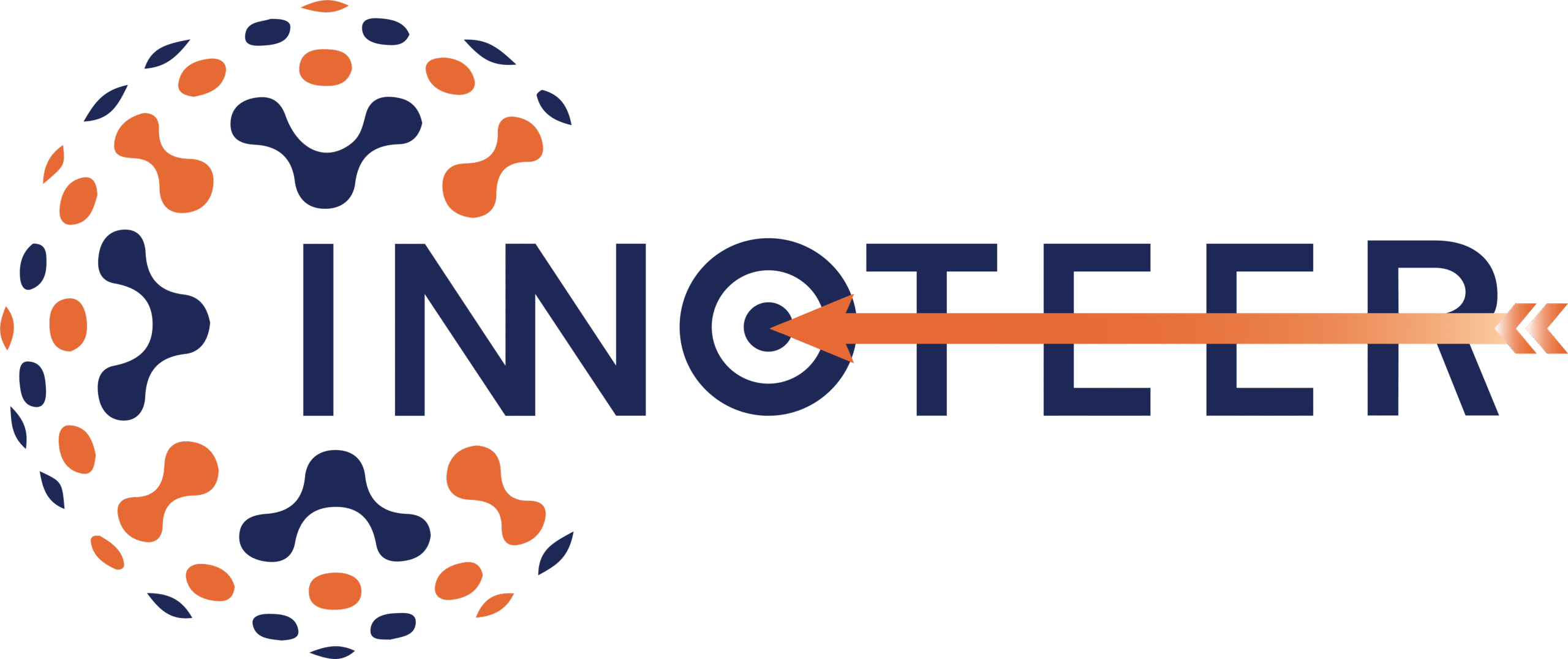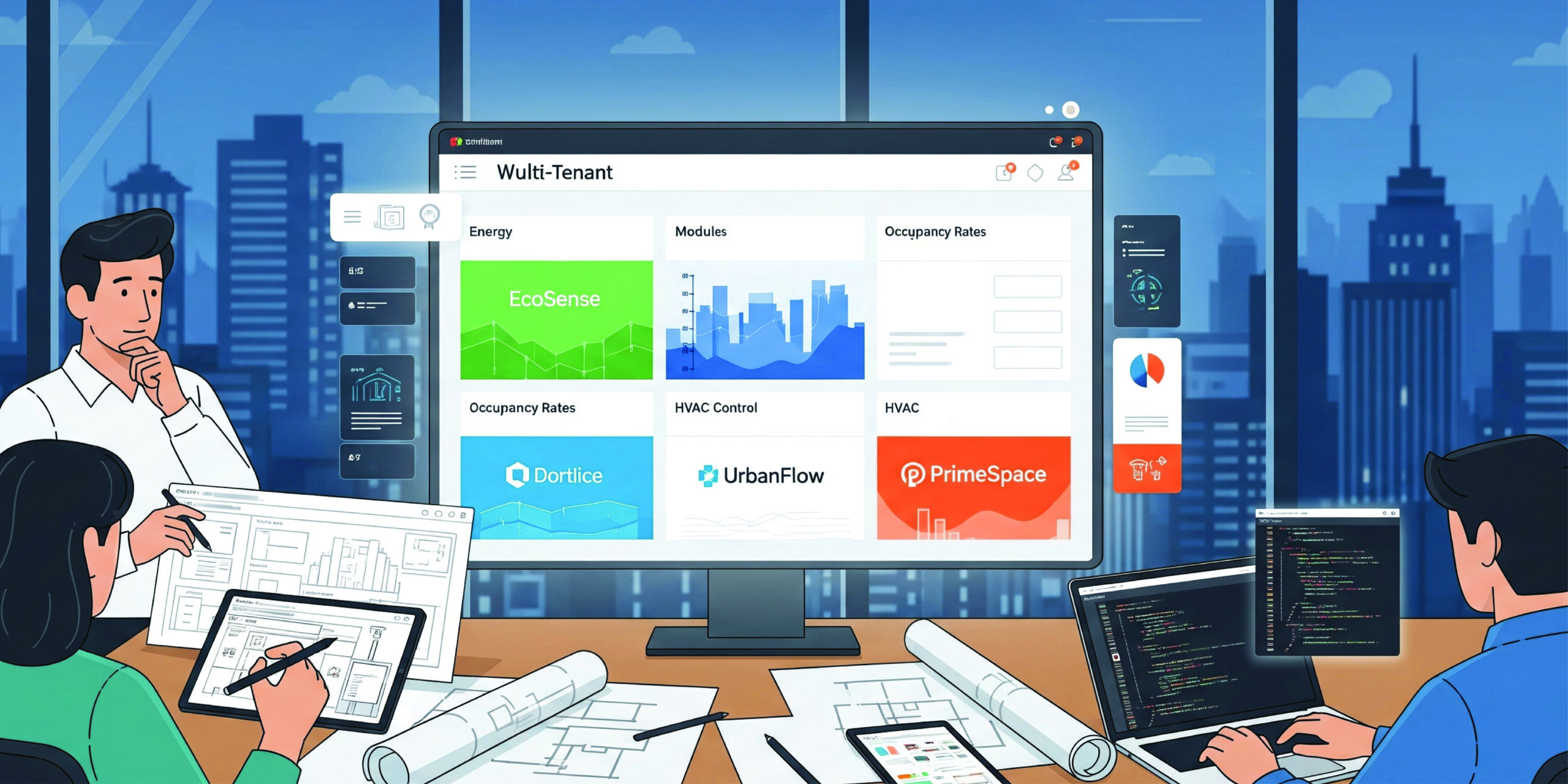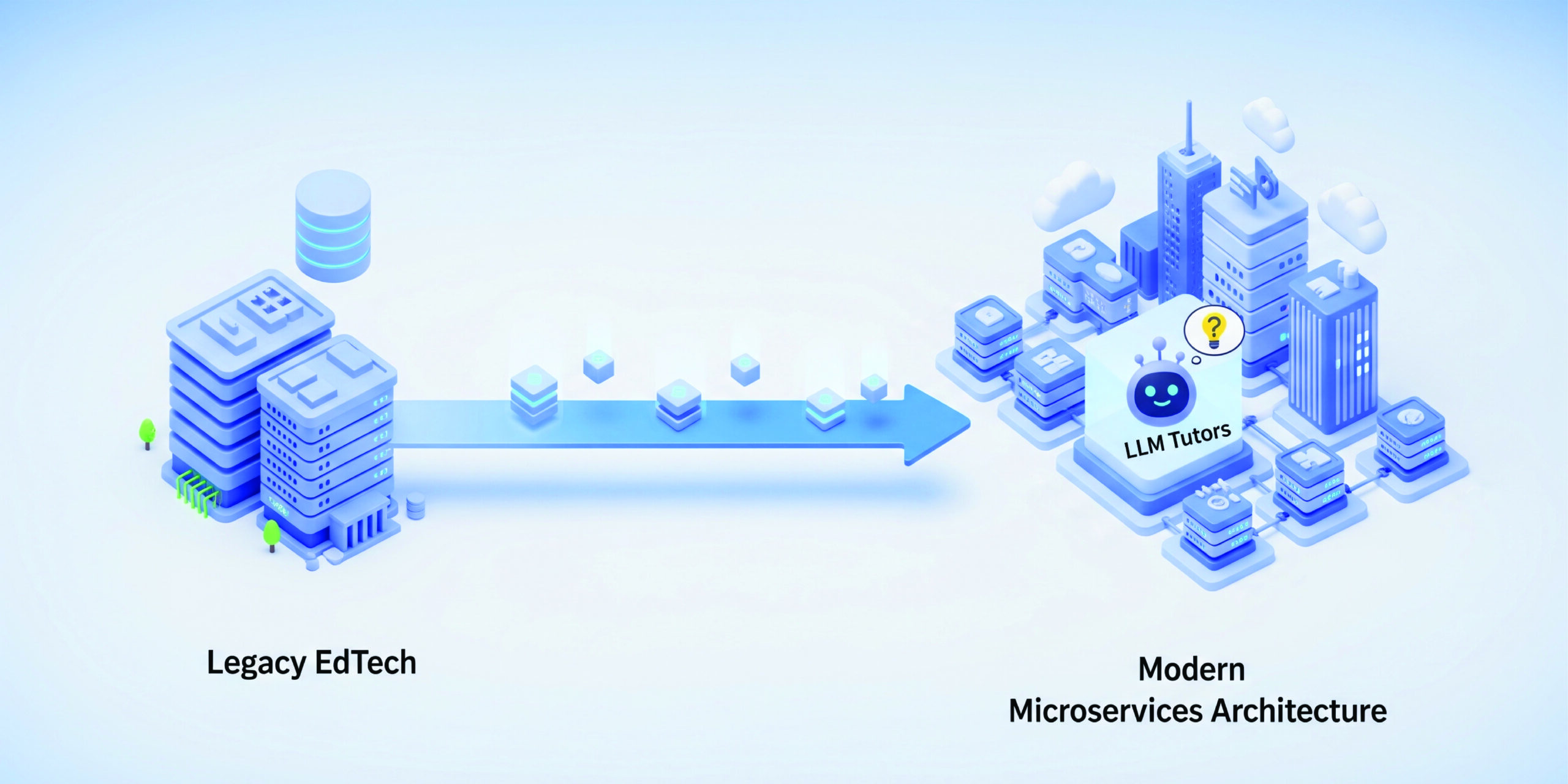Introduction: Why Cloud Cost Optimization Is a Boardroom Conversation Now
In the past few years, cloud adoption has shifted from experimentation to the backbone of enterprise digital strategy. However, the post-pandemic scale-up of AI-driven workloads, containerized microservices, and continuous integration pipelines has created a new category of cloud expenditure — development and test environments. These environments, once considered low-risk cost centers, are now triggering six-figure bills in AWS usage reports.
According to a 2024 Gartner analysis, more than 32% of total cloud spend in tech-first companies is attributed to non-production environments. This is prompting CIOs and CFOs alike to reevaluate how infrastructure is provisioned, validated, and managed during the software lifecycle.
At our organization, we faced this exact problem: rising AWS bills despite no proportional growth in user-facing traffic. After months of diagnostics, we discovered the culprits — overly dynamic test environments, idle but billed resources, and infrastructure-as-code deployments in CI/CD that lacked cost awareness.
This blog is a firsthand look at how we used LocalStack, an open-source tool that emulates AWS services locally, to redesign our dev-test lifecycle. The result? A 40% reduction in AWS development costs and faster iteration cycles for our engineering teams.
You’ll learn:
- What invisible costs accumulate during cloud-native development
- How LocalStack fits into a DevSecOps workflow
- The architectural shift we made to maximize parity while minimizing spend
- Platform-level integrations with Terraform, GitHub Actions, and BrowserStack
Let’s explore how local-first thinking can drive big cloud savings — without slowing down innovation.
LocalStack as a Strategic Cost Lever
Once we understood where our development and testing costs were originating, we needed more than just budget alerts or resource tagging — we needed a systematic, architecture-level change. That change came through a hybrid environment strategy enabled by LocalStack.
We didn’t replace AWS altogether in our dev pipeline. Instead, we decoupled our test environments into two categories:
- Services supported by LocalStack (like Lambda, DynamoDB, S3, API Gateway)
- Services still requiring AWS-native execution (like OpenSearch, SageMaker, or Step Functions not yet fully emulated)
Since Terraform was already a core part of our infrastructure provisioning, we leaned into that — creating conditional modules based on environment type (local, test, staging, prod). LocalStack-specific modules spun up mocks locally on developer machines or within containerized GitHub Actions runners, while unsupported services still deployed to real AWS for integration testing.
Each development group — backend, data engineering, frontend, and QA — had its own Terraform workspace. Now, every developer could spin up a complete version of their environment locally without touching AWS. This enabled:
- Freedom to experiment, debug, or trial new patterns without cost or IAM constraints
- Shortened feedback cycles, especially for services with frequent iteration like Lambda or API Gateway
- Fully offline development workflows — ideal for remote or travel-based teams
The QA team also benefited significantly. With LocalStack, they could now develop and validate test automation suites locally, eliminating the need to wait for shared test environments. Automated smoke, regression, and performance tests could be run locally or inside CI containers without spinning up actual AWS resources.
Even in automation pipelines, LocalStack paid dividends. CI jobs became faster and more deterministic, with fewer flaky results due to shared AWS limits or race conditions on cloud resources. This directly translated into reduced run times, fewer failures, and improved deployment confidence.
By aligning test strategy with LocalStack’s service coverage, we dramatically reduced the scope of resources requiring AWS deployment — yet retained functional parity in test behavior. This hybrid approach allowed us to run fast feedback loops on PRs without cloud waste.
Cloud Platform Integration: Hybrid Stack Enablement
- LocalStack services used: Lambda, API Gateway, DynamoDB, S3, CloudWatch — all spun up via Terraform and used in containerized CI runners or local machines.
- AWS services used alongside LocalStack: OpenSearch for logs, Step Functions for some orchestration, and SageMaker endpoints during model inference tests.
- Terraform modules were extended with variables to switch between local (localhost:4566) and AWS endpoints, depending on the environment.
- GitHub Actions pipelines ran tests against LocalStack by default, falling back to real AWS only when needed — significantly lowering per-run costs.
- QA automation was run locally using the same infrastructure definitions, creating parity between test and prod scenarios while reducing complexity.
Results: Engineering Agility with Lower TCO
Within three months of rolling out LocalStack across our dev and QA teams, the impact was measurable — not just in cloud billing, but across engineering velocity, confidence in testing, and platform scalability.
1. Tangible Cost Reduction
By offloading a significant portion of test infrastructure to LocalStack, we reduced AWS development environment costs by over 40% quarter-over-quarter. This included savings on:
- Compute usage from Lambda test invocations
- Storage in S3 buckets used for staging uploads
- DynamoDB and API Gateway charges tied to automated tests
- Idle resources no longer left running by mistake
Because each developer now ran their own LocalStack-based infrastructure, shared environments were no longer bottlenecks, which eliminated the need to overprovision.
2. Faster Development and Test Cycles
CI/CD pipelines that previously took 12–15 minutes to stand up infrastructure and run end-to-end tests now completed in 4–6 minutes. LocalStack’s local simulation eliminated AWS throttling, cold starts, and IAM misconfigurations that previously slowed our feedback loop. This improved merge confidence and reduced hotfixes caused by last-minute environment mismatches.
3. Developer and QA Empowerment
Giving teams the ability to spin up full AWS-mimicking stacks locally unlocked creative freedom. Engineers could test experimental features, debug multi-service flows, and prototype architectural changes without needing approval or devops assistance. QA teams could now build, run, and debug test suites entirely on their laptops, improving ownership and reducing test case turnaround.
4. Lower Operational Risk
Our Terraform modules became smarter and more flexible. They now validated infrastructure against LocalStack before deployment, reducing production risk. We caught breaking changes, misconfigured policies, and unsupported service interactions early — shifting failure left.
5. Easier Onboarding and Consistency
New team members could be productive within hours, not days. With Docker and LocalStack pre-installed in dev environments, they could run the entire stack locally with near-zero AWS knowledge. This standardization lowered the barrier to entry for new hires and contractors.
Cloud Platform Integration: Results Enablement
- LocalStack reduced CI runtime and cost by allowing service mocking during Terraform plan + apply stages in GitHub Actions.
- Terraform workspaces for each team enabled isolated and reproducible infrastructure, supporting both local and cloud environments with shared state files and backend configurations.
- BrowserStack tests were executed using mock APIs running on LocalStack, ensuring UI testing could be done in parallel without relying on external endpoints.
- GitHub Actions artifacts and logs integrated with LocalStack’s local CloudWatch, simulating observability conditions for test troubleshooting.
Strategic Integration with DevSecOps Toolchain
LocalStack’s true strength emerged when we fully embedded it into our DevSecOps ecosystem. Rather than being just a local testing tool, it became a first-class component in our infrastructure, CI/CD, and automation workflows.
With Terraform, we created environment-aware modules that could switch between LocalStack and AWS based on execution context. This allowed us to validate infrastructure locally during development and in CI, reserving real AWS deployments only for staging or production. It ensured consistency while cutting wasteful cloud provisioning in half.
In GitHub Actions, we ran service simulations using LocalStack within Docker containers. Our test pipelines were optimized to run API-level and integration tests locally, significantly reducing build time and AWS API calls per pull request. This improved pipeline reliability and kept cloud access strictly gated.
BrowserStack was used in conjunction with mock APIs hosted via LocalStack, allowing QA teams to validate front-end interactions without relying on live cloud infrastructure — enabling true end-to-end testing with full isolation.
From a security and compliance perspective, LocalStack allowed us to simulate IAM roles and policies without exposing credentials or sensitive data to external networks. It became easier to sandbox edge cases and run penetration tests offline — critical for regulated environments like healthcare.
Cloud Platform Integration: DevSecOps Alignment
- Terraform modules dynamically targeted LocalStack or AWS, supporting reproducible infrastructure in all environments.
- GitHub Actions used LocalStack in CI pipelines, reducing deployment frequency to AWS and speeding up feedback loops.
- BrowserStack tests ran against LocalStack-hosted mock APIs, providing reliable frontend testing without external dependencies.
- Simulated IAM and resource policies in LocalStack enabled earlier security validation with no cloud exposure.
Conclusion: A Local-First Mindset for Cloud-Native Efficiency
In a cloud-driven engineering world, cost efficiency isn’t just a finance concern — it’s a technical strategy. The unchecked sprawl of development and test environments can silently consume engineering budgets, slow delivery, and introduce operational risk.
Our move to LocalStack didn’t come from a desire to replace AWS — it came from the need to use AWS more intentionally. By adopting a hybrid model where we run supported services locally and reserve AWS for what truly requires it, we achieved:
- A 40% reduction in dev/test cloud spend
- Faster CI/CD cycles and fewer pipeline failures
- Greater developer autonomy and reduced DevOps overhead
- Improved security posture and local-first compliance validation
For engineering leaders, architects, and decision-makers, LocalStack offers more than cost control. It enables parallel development, rapid prototyping, and true isolation — all while keeping your cloud architecture consistent.
As organizations embrace AI/ML workflows, event-driven designs, and zero-trust security, having local, production-like environments will become even more critical. Tools like LocalStack are no longer “nice-to-haves”; they are part of a sustainable cloud development strategy.

Chandani Bhagat is a Technology Strategy and Architecture Advisor with 14+ years of experience shaping data-driven ecosystems across healthcare, IoT, and enterprise domains. She partners with clients to audit existing solutions, define future-ready roadmaps, and align technology with strategic goals. Chandani helps teams build detailed execution plans and modernize platforms while minimizing risk. Her approach blends deep technical expertise with a passion for purpose-driven innovation. From cloud-native infrastructure to AI integration, she ensures each collaboration drives real, measurable impact.



